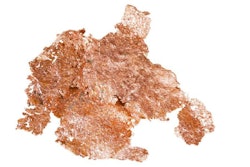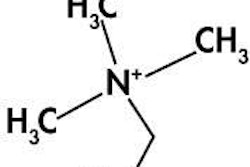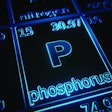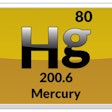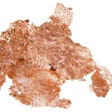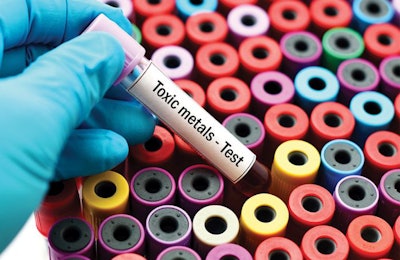
There have been many reports that claim to measure the presence of “heavy metals” such as lead and arsenic in foods, and then use those results to warn consumers of potential dangers. But without taking nutrition or physiology into account, it’s easy to be misled when it comes to the dangers of such metals. | jarun011, iStockphoto.com
Periodically there is a news story regarding non-nutritional minerals (so-called “heavy metals”) measured in pet foods. Typically, it is sensationalized to create alarm in pet owners. The articles point toward minerals like arsenic, lead or mercury with the intent to provoke consumers to action. These minerals have also been in the news for drinking water and human foods. Lead poisoning was a concern in Flint, Michigan, USA, arsenic has been receiving press for its presence at detectable levels in rice-based baby foods and mercury has been a worry in fish for decades. If these are of concern for human foods, the logic would hold that they should be for pet foods, too.



